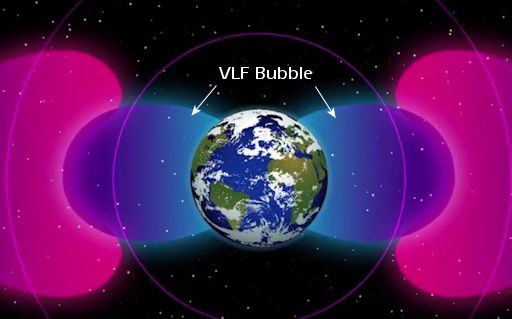May 21, 2017: During Saturday morning’s solar wind storm, photographer Harlan Thomas stationed himself among the Hoodoos in the badlands of Alberta, Canada. He hoped to catch a display of auroras. This is what he saw:
“Steve appeared!” says Thomas. “I photographed him behind the silhouettes of the Hoodoos alongside Jupiter and a green picket fence aurora.”
“Steve” is the purple arc bisecting the sky. For many years, northern sky watchers have reported this luminous form occasionally dancing among regular auroras. It was widely called a “proton arc” until researchers pointed out that protons probably had nothing to do with it. So members of the Alberta Aurora Chasers group gave it a new name: “Steve.”
No one fully understands the underlying physics of the purple ribbon. However, one of the European Space Agency’s Swarm satellites recently flew overhead while Steve was active, providing some clues.
http://www.esa.int/spaceinvideos/content/view/embedjw/485279
This ESA video shows Swarm satellites orbiting above ground-based aurora imagers: more
“As the satellite flew straight though ‘Steve,’ data from the electric field instrument showed very clear changes,” reports Eric Donovan from the University of Calgary. “The temperature 300 km above Earth’s surface jumped by 3000°C and the data revealed a 25 km-wide ribbon of gas flowing westwards at about 6 km/s compared to a speed of about 10 m/s either side of the ribbon.”
Steve’s visit to Alberta on May 20, 2017, coincided with another exotic auroral form: the green “picket fence.” These vertical rays are thought to trace lines of magnetic force connecting Earth to space. Luminous green columns show where beams of energetic particles are being guided toward Earth’s upper atmosphere by magnetic fields.
Both Steve and the picket fence are filamentary structures associated with beams or ribbons of gas. Coincidence? Hardly. Pictures of the two phenomena show that they often appear together. Consider it another clue.




